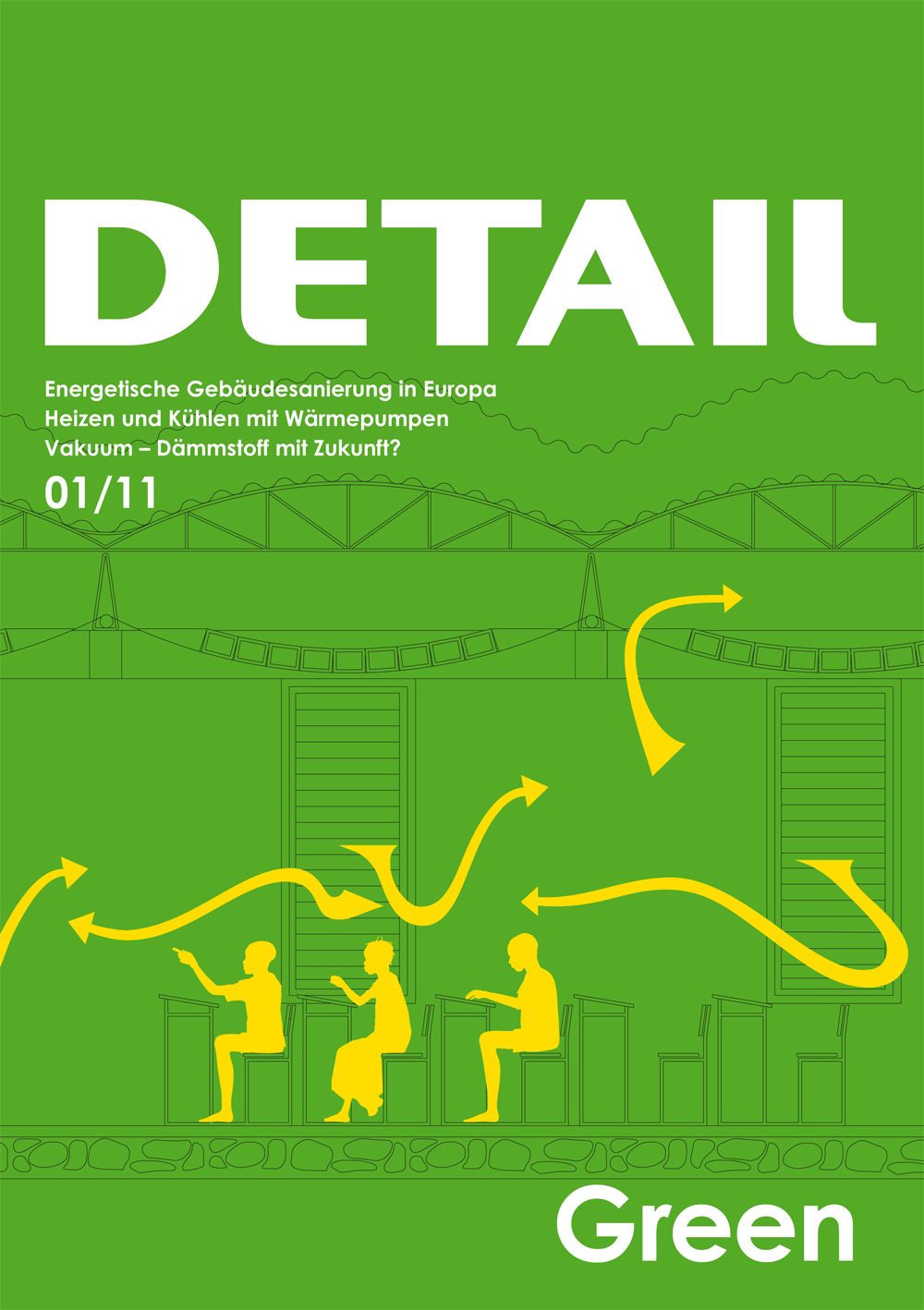Green 1/2011

Sustainability in architecture means far more that just energy efficiency, even though the latter doubtlessly plays a major role given its direct effects on resource consumption and the climate. But it would be a mistake to consider this in isolation, as regrettably happens all too often. Partly due to regulations that encourage us to thoughtlessly pack our houses with insulating materials and partly due to the undifferentiated promotion of solar systems that are carelessly installed on roofs and facades and result in the disfigurement of entire villages and towns, the one-sided focus on energy-efficiency enhancement is increasing the reservations about “green building” that architects frequently have. In the end, sustainability - if it is understood sensibly - encompasses not only all the aspects mentioned above but also the design qualities of architecture and the preservation of a locality’s traditional appearance. The fact that sustainability and building culture are not necessarily contradictory is demonstrated by numerous examples at home and abroad such as in Austria or Switzerland. They show that a form of architecture which makes careful use of resources and improves energy efficiency does not unavoidably have to call attention to itself. However they also show that, where appropriate, solar measures can be used as a means of expression that characterises the appearance of a building. Many buildings are, in any case, not erected in localities whose visual appearance has evolved over time but are created in the faceless new building estates or industrial districts on the outskirts of our cities.
On the other hand, however, architecture has always adapted itself to the prevailing preconditions. Precisely this is shown by the traditional methods of building that are frequently and readily used. Changed necessities or new possibilities resulting from the depletion of traditional building materials or from the emergence of new ones (for example, roof tiles instead of wood and straw) have always exerted a significant characterising influence on the appearance of villages and towns – an appearance that was later misleadingly declared to be “traditional”. At present, we are again faced with dramatic upheavals in architecture, and it is now time to redefine some of its general parameters.
From the point of view of the economy as a whole, the demand for an ecologically responsible method of building is rightly seen as a huge opportunity for innovation and job creation. But there are also unexpected opportunities for architects. Especially now, their creativity as well as their technical know-how are called for so that lost ground can be regained in the building process. What is decisive here is that architects face up to the new challenges before others do it for them.
Christian Schittich
